How to Grow Cilantro Indoors for Fresh Flavor Year-Round

By Judy Schumer
Growing cilantro indoors is easy to do, and it's not much different than growing cilantro in your garden. You'll use containers to plant the cilantro indoors, but the care requirements are pretty much the same.
While you can transplant cilantro from a garden to an indoor container, gardeners tend to have better success starting the herb from seeds. Cilantro plants, also known as Chinese parsley, make for a lovely kitchen windowsill garden, and having them in the kitchen makes the herb more accessible for when you're ready to use it in your favorite recipe. On top of that, cilantro packs numerous health benefits that you’ll have ready at your fingertips.
This guide will walk you through how to grow cilantro indoors, whether you’re planting from seed or seedlings (also known as transplants), and how to care for cilantro so you’ll have a great-tasting and fruitful herb when all is said and done.
Photo via Jennifer Carroll
How to Plant Cilantro Indoors from Seed
To grow cilantro indoors, planting seeds is by far and away the most recommended way of growing.
Choose a container made from a natural, breathable material like terra cotta, which allows moisture and air to reach the plant’s root system. Also be sure that you choose a cilantro seed packet that indicates the plant is “slow-bolt,” meaning that it will provide a more steady supply of flavorful leaves.
Tools and Materials Needed:
- 12-inch-deep terra cotta pot with drainage hole
- Potting mix
- Slow-bolt cilantro seeds
- Spray bottle filled with distilled water
Step 1: Fill the Pot
Fill your terra cotta pot with potting mix. Be sure the pot has a drainage hole in the bottom for proper moisture control. Although cilantro likes moist soil, it will not survive if over-watered.
Step 2: Plant the Seeds
Spread the seeds across the top of the potting mix, keeping them about two inches apart. If you went with a 12-inch pot as we recommended in our materials list, you should have enough room for about six seeds. Lightly crumble about ¼-inch of the potting mix over the seeds to cover them. The soil will act as a light blanket, allowing the emerging seedlings to poke through easily.
Step 3: Lightly Water
Using the spray bottle of water, spray a fine mist across the top of the newly planted seeds. Avoid saturating the soil. Distilled water is a great choice to keep around for watering tender young plants.
Step 4: Place in a Warm Location
Place the pot in a warm location where the temperature stays at, or slightly above, 70 degrees Fahrenheit. Keep the soil moist with your spray bottle by misting it when it feels dry to the touch.
Step 5: Thin the Plants
Once the seeds grow to about two inches tall, thin the seedlings. Reduce the container count down to the three healthiest-looking seedlings, which will then have enough room to spread their roots below and their emerging leaves above the soil.
Photo via Shutterstock
How to Plant Cilantro Indoors from Seedlings
Purchasing a cilantro plant from your local nursery is the easiest way to ensure growing success if you're new to gardening and want to grow cilantro indoors. Seedlings also are ready to harvest faster compared to cilantro grown from seeds.
A seedling will be ready to harvest in about two weeks (versus six weeks for cilantro that has been growing from seed). To transplant a cilantro seedling into a pot, follow the steps below.
Tools and Materials Needed:
- Three cilantro seedlings, about two inches tall
- 12-inch-deep terra cotta pot with drainage hole
- Indoor potting mix
- Large spoon or garden trowel
- Water-filled spray bottle
Step 1: Fill the Pot
Fill a terra cotta pot with an indoor potting mix.
Step 2: Dig the Holes in the Soil
Remove the seedlings from their pots, preserving the root system and soil around them. Dig holes in the new soil so the seedlings will fit comfortably. If you’re planting multiple plants in one pot, the holes should be about four inches apart.
Step 3: Plant the Seedlings
Place each seedling into a hole and fill any gaps around the sides with extra potting soil for a snug fit. Spray the soil lightly to moisten it without saturating. Pat the soil lightly with your fingers to give your new transplants a sturdy growing base.
Step 4: Place in a Warm Location
Place the pot with the newly transplanted seedlings in a warm location where the temperature stays at, or slightly above, 70 degrees F. Keep the soil moist with your spray bottle. Misting every other day, or when the soil feels dry to the touch (but not crumbly), will keep your cilantro plants perfectly hydrated.
How to Care for Cilantro Indoors
Once you've planted your cilantro snugly in its new home, care and maintenance become the essential part of growing cilantro indoors. Like all indoor plants, cilantro needs a combination of the right temperature, great light, the proper amount of water, and feeding by way of good fertilizer. Learn how to successfully grow cilantro indoors with the tips below.
Temperature and Humidity
Cilantro needs cool temperatures of 60-70 degrees F to grow properly. If the temperature is too warm, the plant will flower quickly, which makes the herb become bitter and unusable for recipes.
Unlike the average houseplant, humidity isn't a big concern with growing cilantro indoors, but you'll need to avoid extremes. The perfect humidity, which also tends to be normal in most homes, is between 40 and 55 percent.
Sunlight
When you grow cilantro indoors, the best light conditions mimic garden light conditions. Full sun for six to eight hours a day is best. While it does very well in bright sunlight, avoid intense, hot, sun, which will overheat and scorch cilantro.
Water
When your cilantro seeds are newly planted or seedlings have begun to sprout, misting with a spray bottle when the soil feels dry is the best way to keep the soil consistently moist.
If possible, water your herbs with distilled water (this cuts out any chance of heavy metals, chemicals, and minerals in the water, which cilantro can be sensitive to), wetting the soil until water comes out of the container's drainage hole.
Fertilizer
When growing cilantro indoors, keep in mind that the plant's ability to get nutrients from the soil is much more limited than when in the garden. Liquid fertilizer in the form of fish emulsion, applied twice a month, will feed your cilantro plants to encourage healthy growth. Follow the directions on the container to find the right amount for your container size, then dilute that helping with the same amount of distilled water. (For example, if the recommended amount is one teaspoon for your size pot, mix one teaspoon of fish emulsion with one teaspoon of water, then feed your plant.)
Maintenance
Once your seedlings begin to grow, pinch back the leggy, leafless growth by an inch to keep your plant growing full and flavorful. Also, pinch off the top part of the center stem as soon as it looks like it’s developing flower buds—you'll extend the plant’s harvest time.
Pests and Diseases
There are only two real threats that affect cilantro growing indoors. One is the aphid. These tiny bugs feed on the foliage of the plant, eventually killing it, and are distinguishable by tiny white spots on the underside of the cilantro leaves. Get rid of them by wiping them away with a cloth dampened with warm water.
The other significant danger to cilantro is damping-off, which is a fungus that develops soon after your seeds are planted or when your seedlings are still tender, and it is caused by giving your seedlings too much water. To avoid this, use well-draining indoor potting soil, a pot with drainage holes, water sparingly, and keep newly planted seeds and seedlings in the sun for six to eight hours per day.
A Touch of Cinnamon
How to Harvest and Store Cilantro Grown Indoors
Once you've learned how to grow cilantro indoors and nurtured it to maturity, it's time to reap the benefits of this wonderful herb by harvesting it and putting it to good use in the kitchen.
When harvesting your cilantro, always use a clean, sharp knife or scissors to keep the rest of the plant healthy enough to produce more leaves for later harvesting. Cut the leaves after the plant reaches a height of about six inches, with your cuttings equaling about a third of the plant's volume. Cut the stems and leaves at the bottom of the plant near the soil.
Cilantro is best when used right away, but if you need to prolong the availability of your harvest, place your cuttings in a small, clean glass jar with about an inch or two of water in it. Use a resealable plastic bag, turned upside down over the top of the jar, to loosely cover the top leaves of the cuttings and place the jar in the refrigerator. You can store your cilantro this way for about a week before it starts to noticeably lose its flavor. Be sure to change the water every few days for optimal freshness.
Once your plants stop producing new leaves, allow them to develop flowers. The flower heads contain seeds, which can then be used for planting a new crop of cilantro. Remove the spent plants and start your planting and nurturing process again. That way, you can have cilantro growing indoors year-round!
Do you grow cilantro indoors? What is your favorite way to use cilantro in recipes? Let us know in the comments, we love to hear from you!



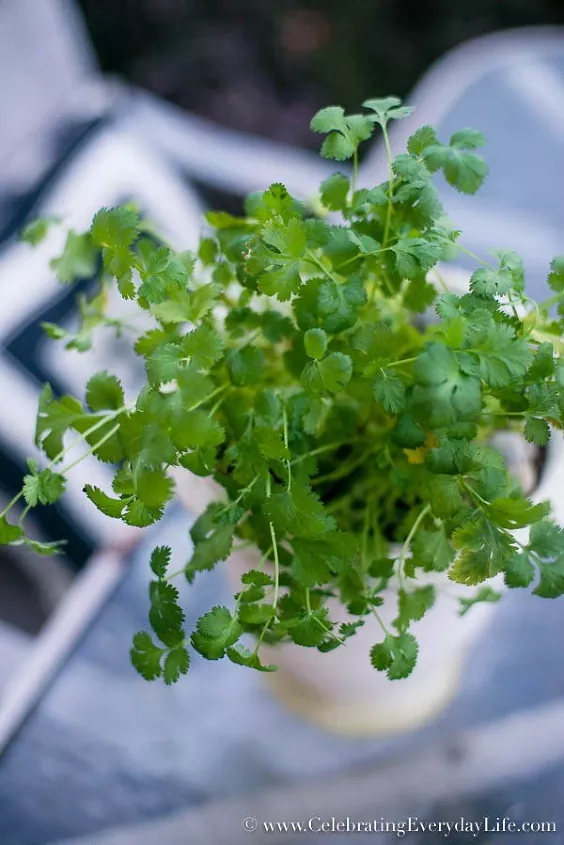

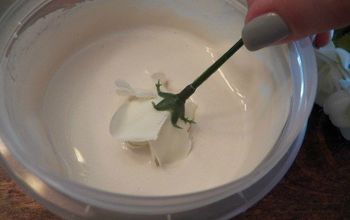

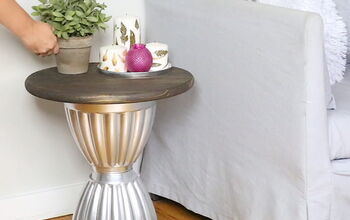




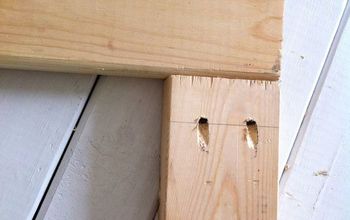

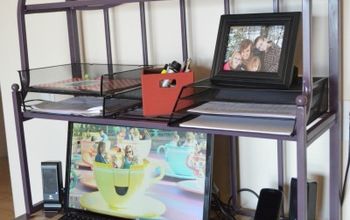





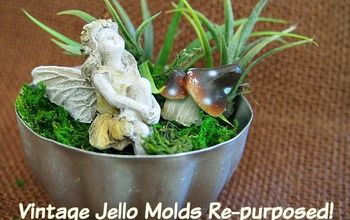


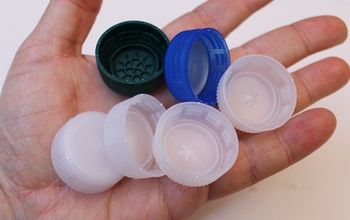
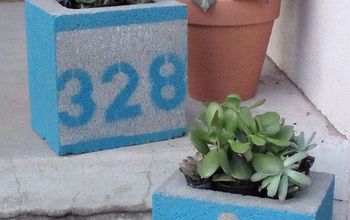
Frequently asked questions
Have a question about this project?